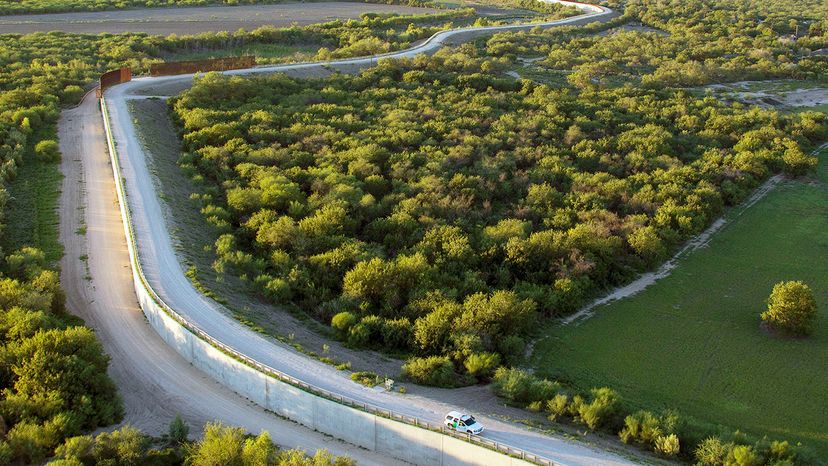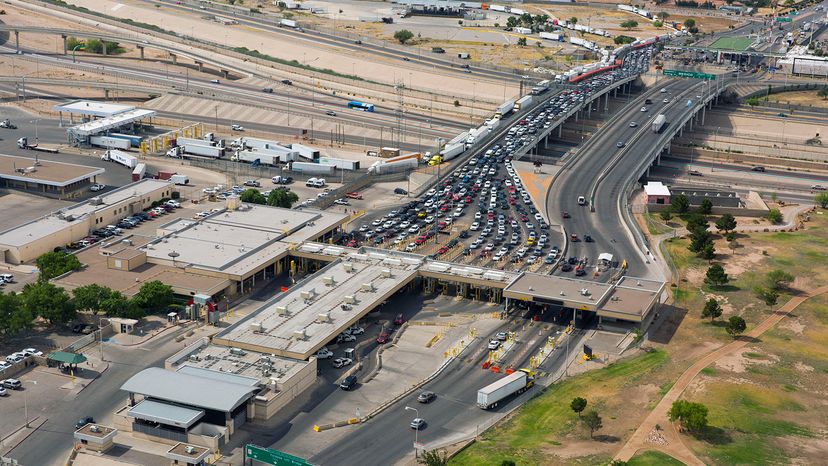Former President Donald Trump, of course, trumpeted a zero-tolerance policy toward illegal immigration. He declared it a crisis and ordered in the National Guard to protect the border. He promised, famously, to build a wall to keep illegal immigrants out. President Joe Biden is dealing with the crisis differently, though his Homeland Security Secretary Alejandro Mayorkas won't call it that. "We will also not waver in our values and our principles as a Nation," Secretary Mayorkas said in a statement March 16, 2021. "Our goal is a safe, legal, and orderly immigration system that is based on our bedrock priorities: to keep our borders secure, address the plight of children as the law requires, and enable families to be together. As noted by the President in his Executive Order, 'securing our borders does not require us to ignore the humanity of those who seek to cross them.' We are both a nation of laws and a nation of immigrants. That is one of our proudest traditions."
All of it, Johnson says, misses the point.
"As a historian, there seems to be a widespread assumption that we used to be in control of the border, and that at some point we lost that. And if we hire more people or use certain technology like drones or sensors or build a fence, that we're going to get that back. That's just not the case," he says. "I don't know a single point in history when the government actually determined who and what got to cross and was successful in implementing that vision.
"This is not about the border. This is about these other things, and we just see them at the border."
Sometimes it seems as if those "other things" — economic disparity, racism, nationalism, fear, anger, crime, just to name a few — are most at home along the southern border. But all that exists in Chicago, too, and Washington D.C, in Seattle and in Syracuse. All those problems didn't start at the border. The border won't keep them out.
"[The border] became this site, an object, a metaphor even, where we misplaced very real economic insecurities and social anxieties," Jusionyte says. "So it is the wrong answer to very important questions about the conditions of our society."
Still, the U.S.-Mexico border, thanks to decisions made in Washington, D.C. and elsewhere, remains a flashpoint. At least away from the border, passions run high. Rhetoric runs wild.
"It hasn't always been this way, and it won't always be this way," Johnson says. "Decades from now when a quarter of the United States is of Latino descent, I think we're going to have a different politics and a different society.
"I think we're at the high point of a kind of sound and fury on this."

